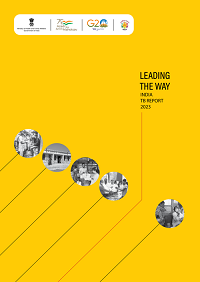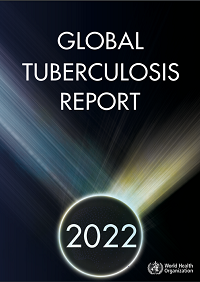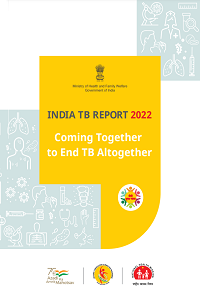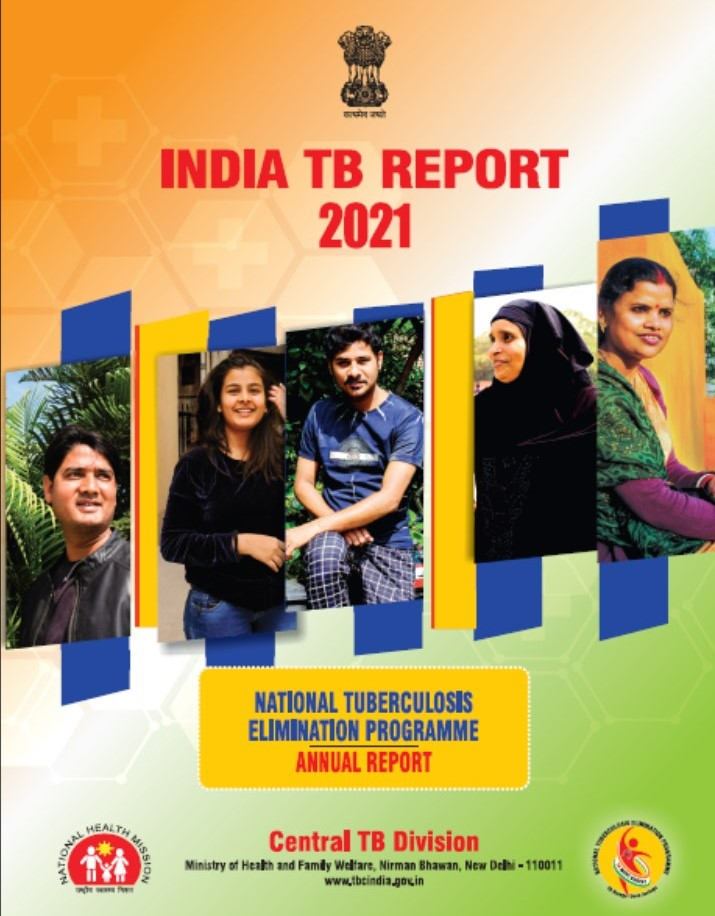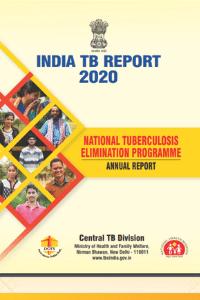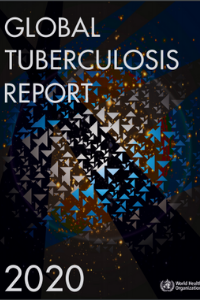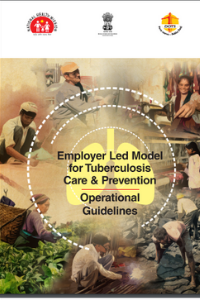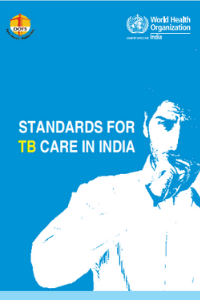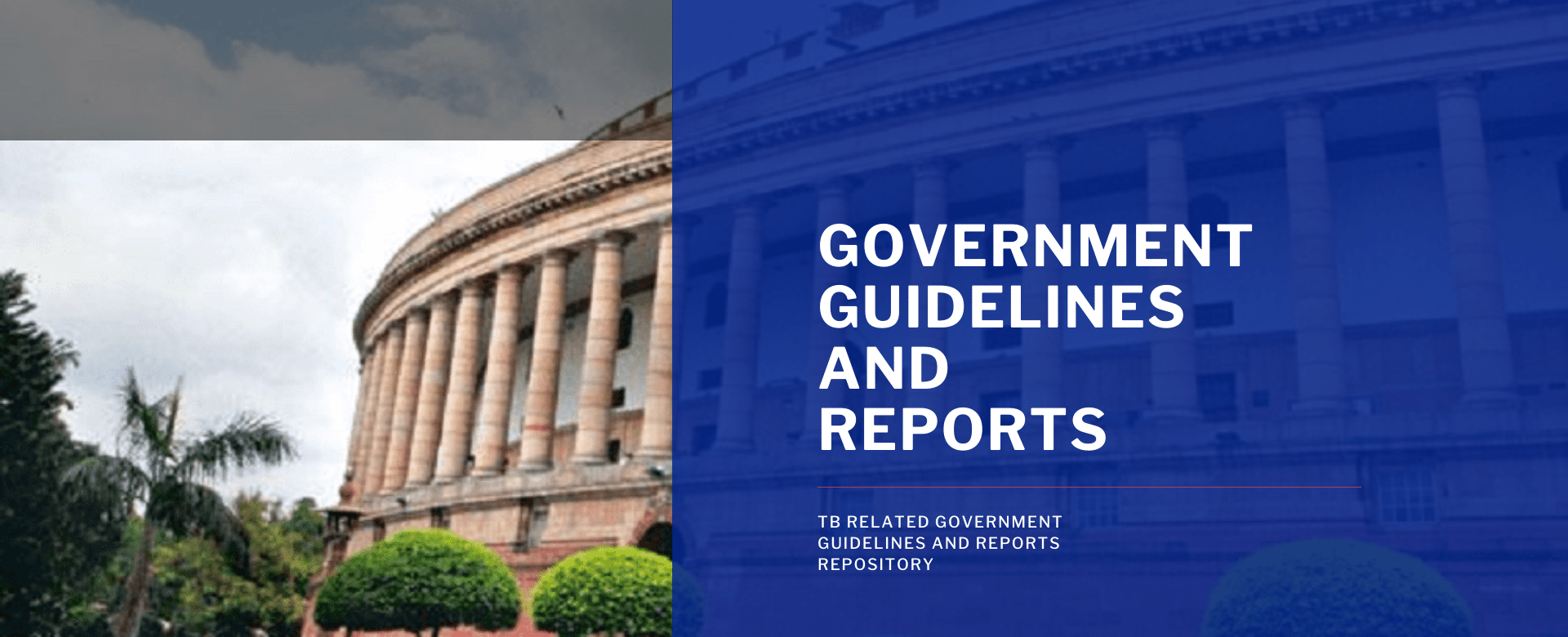

TB Free Workplace-Guidance Document
The TB Free Workplace Guidance Document helps organizations implement a model for creating TB-free workplaces, positioning them at the forefront of the national effort to eradicate TB among employees engaged in diverse formal and informal occupational settings through targeted workplace interventions.
World TB Report 2023
The WHO Global Tuberculosis Report 2023 provides a comprehensive and up-to-date assessment of the TB epidemic and of progress in prevention, diagnosis and treatment of the disease, at global, regional and country levels. This is done in the context of global TB commitments, strategies and targets.India TB Report 2023
The Government of India released the annual India Tuberculosis report 2023, which highlights the progress and updates achieved by the National Tuberculosis Elimination Programme during the year.India TB Report 2022
The Government of India released the annual India Tuberculosis report 2022, which highlights the progress and updates achieved by the National Tuberculosis Elimination Programme during the year.India TB Report 2022
The Government of India released the annual India Tuberculosis report 2022, which highlights the progress and updates achieved by the National Tuberculosis Elimination Programme during the year.The Government of India is committed to achieving the SDG goal of eliminating TB in the country by 2025, five years ahead of the Global Target. The outbreak of Covid – 19 in 2020, posed significant challenges to the progress made by NTEP in the last decade. The annual report documents the efforts made by the programme to continue providing services.
India TB Report 2020
Efforts to end TB in India through implementation of the National Strategic Plan (2017-2025) has completed the first three years of implementation. During this period, the programme has seen tremendous success and is better poised today, to meet the ambitious goal pronounced by our Honourable Prime Minister at the Delhi End TB Summit in March 2018 of ending the TB epidemic by 2025 from the country, five years ahead of SDG goals for 2030, responding to which, some States/ UTs have committed to end TB even before 2025 – Kerala (2020), Himachal Pradesh (2021), Sikkim, Lakshadweep (2022) Chhattisgarh, Jammu & Kashmir, Madhya Pradesh, Tamil Nadu and Bihar, Jharkhand, Puducherry and Dadra Nagar Havelli & Daman Diu (2025). The programme has now been renamed as National Tuberculosis Elimination Programme, to invigorate the fight in alignment with this ambition. 24.04 lakh patients have been notified through the system, an increase of 11% over last year, with 6.7 lakh patients being notified from the private sector.
Global Tuberculosis Report 2020
The World Health Organization (WHO) has published the Global TB report on 14Th Oct,2020. The purpose of the report is to provide a comprehensive and up-to-date assessment of the status of the TB epidemic, and of progress in the response to the epidemic – at global, regional and country levels in the context of global commitments and strategies. The report is based primarily on data gathered by WHO in annual rounds of data collection. In 2020, data were reported by 198 countries and territories that accounted for more than 99% of the world’s population and estimated number of TB cases. In recognition of the enormous health, social and economic impacts of the COVID-19 pandemic, the report includes a provisional assessment of how the pandemic will affect the TB epidemic, people with TB and progress towards global TB targets.
Employer Led Model for Tuberculosis Care and Prevention: Operational Guidelines
This handbook of operational guidelines has been designed to introduce readers to the Employer Led Model (ELM) and present a framework for implementation of the programme. It provides a detailed description of the implementation process along with tools for monitoring progress and reporting formats. This handbook will serve as a ready reckoner for all managers and implementers of ELM, from the state level to the field and ensure a uniform understanding of ELM and its implementation. This handbook is intended for two key stakeholders – the TB program at the state/district level and the industries who are implementing or keen to implement ELM. The document can also be used by all stakeholders who could lead/facilitate the roll-out of ELM, including industry associations, District Collectors and Magistrates, District Medical Officers, CEOs/ Managing Directors of the establishments, owners, all HR and health staff in the establishments, NGOs, civil society organisations engaged in implementation, people affected by TB, and other state and district administrators.
WHO Data Access link
Data provided by countries to WHO and estimates of TB burden generated by WHO for the Global Tuberculosis Report can be accessed by clicking on the Download button below.
Standards for TB Care in India (WHO guidelines)
The vision of India’s national TB control program is that the people suffering from TB receive the highest standards of care and support from healthcare providers of their choice. It is spelled out in the National Strategic Plan (2012-17) to extend the umbrella of quality TB care and control to include those provided by the private sector (i). The need for quality and standards for TB care is made particularly acute where a largely unregulated and unmonitored private sector accounts for almost half of the TB care delivered in India with gross challenges as far as the quality of diagnosis and treatment is concerned. Thus, it was felt essential to develop and disseminate the standards of TB care that are particularly relevant in the Indian context, acceptable to the medical fraternity in both the public and private sector in India.

